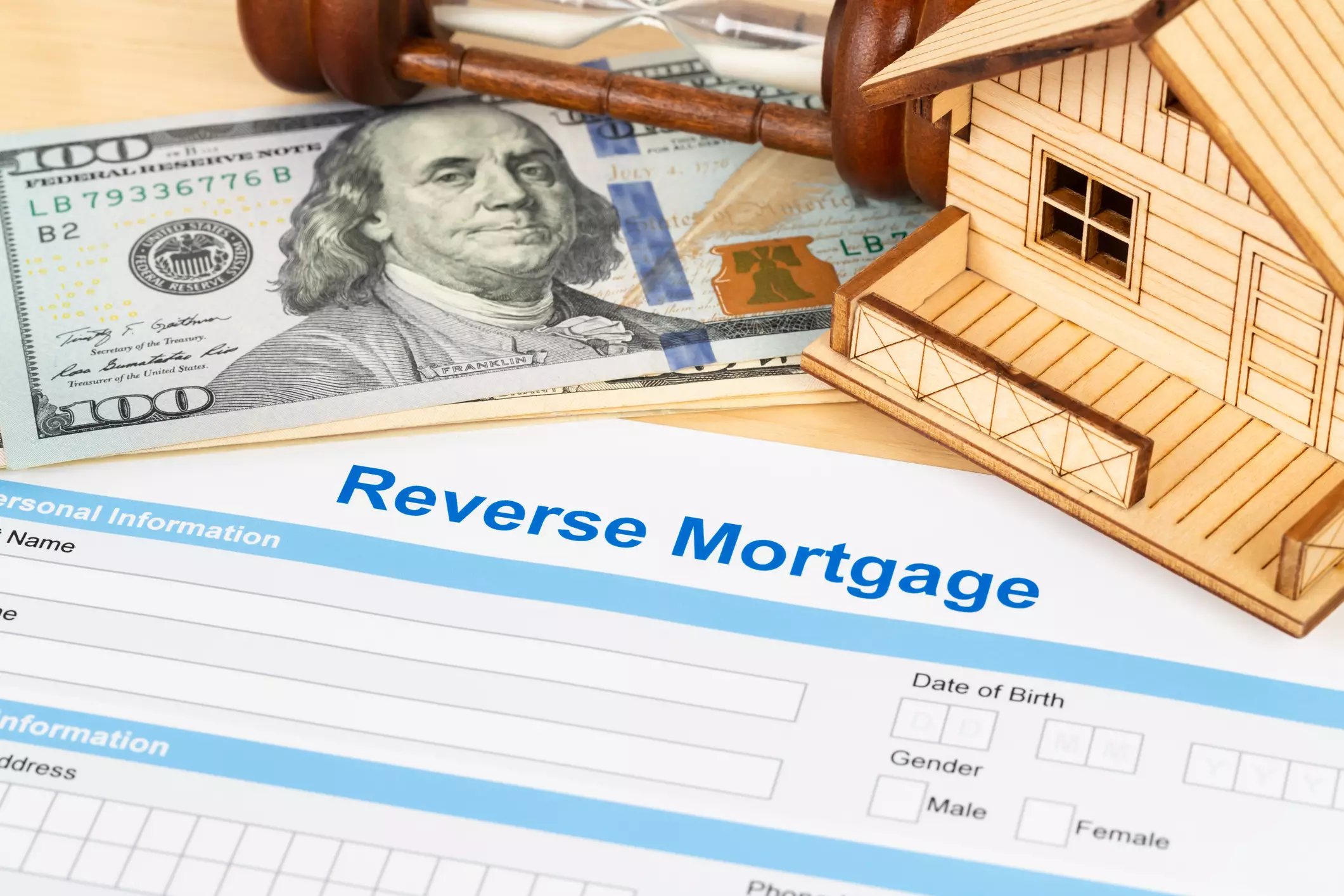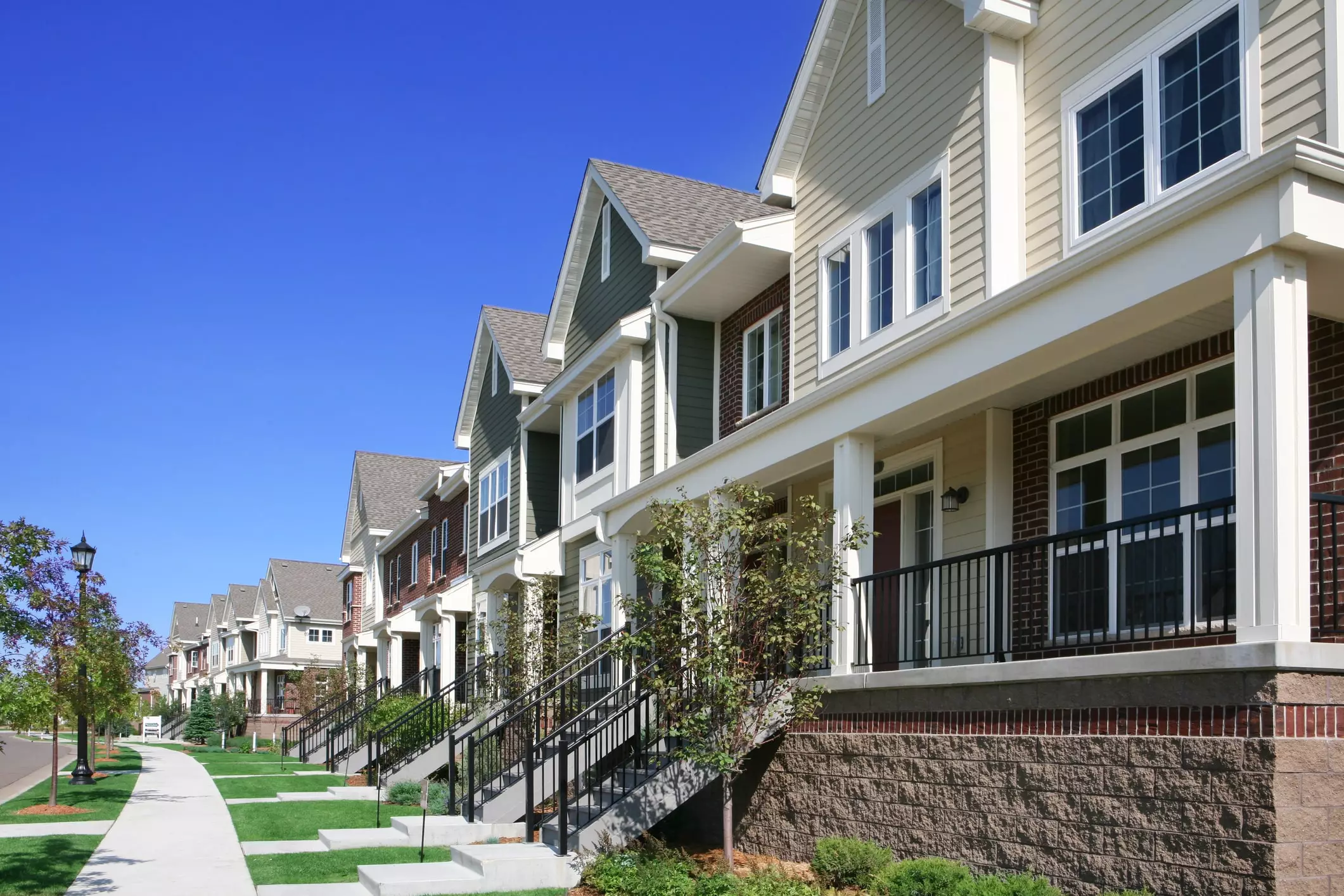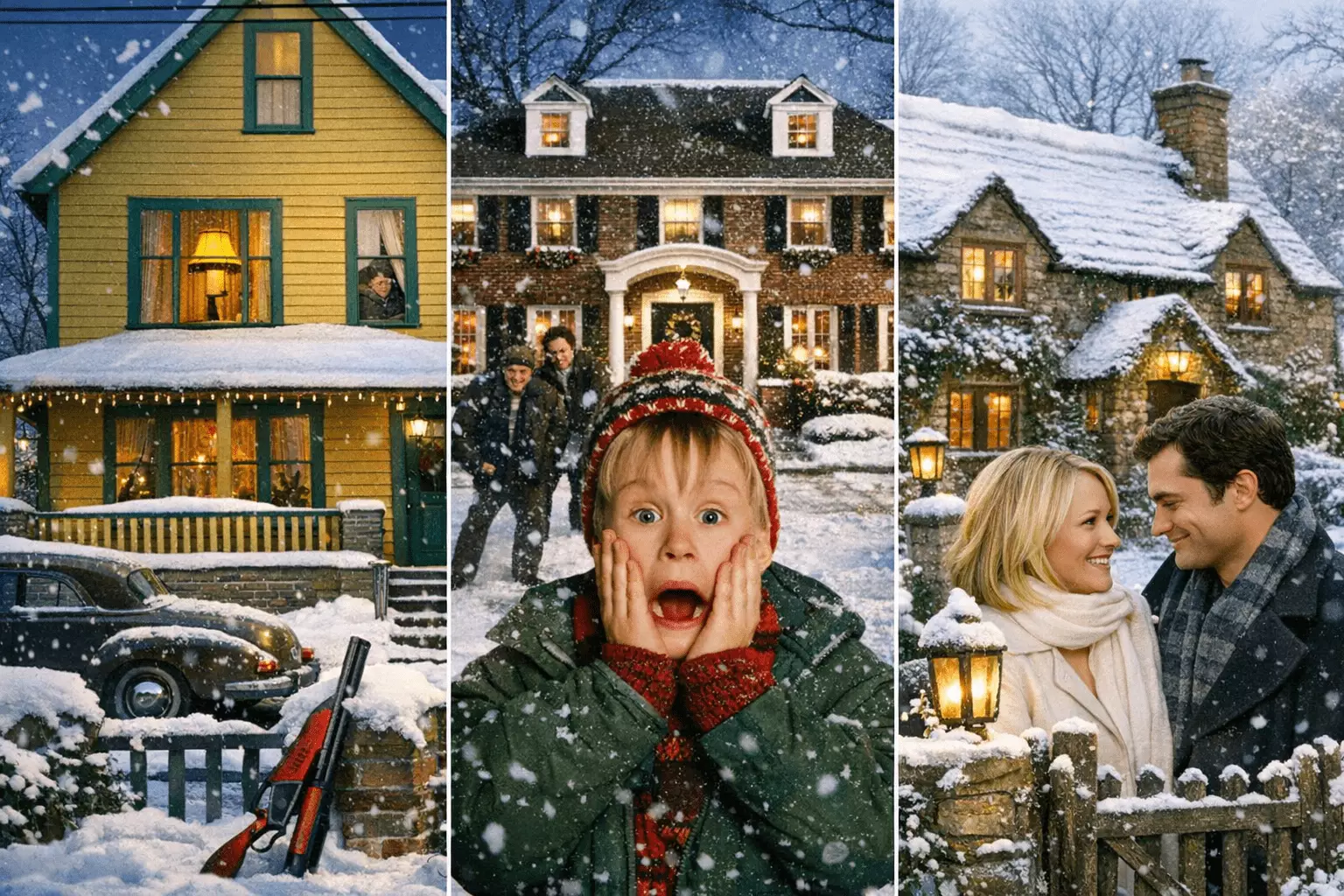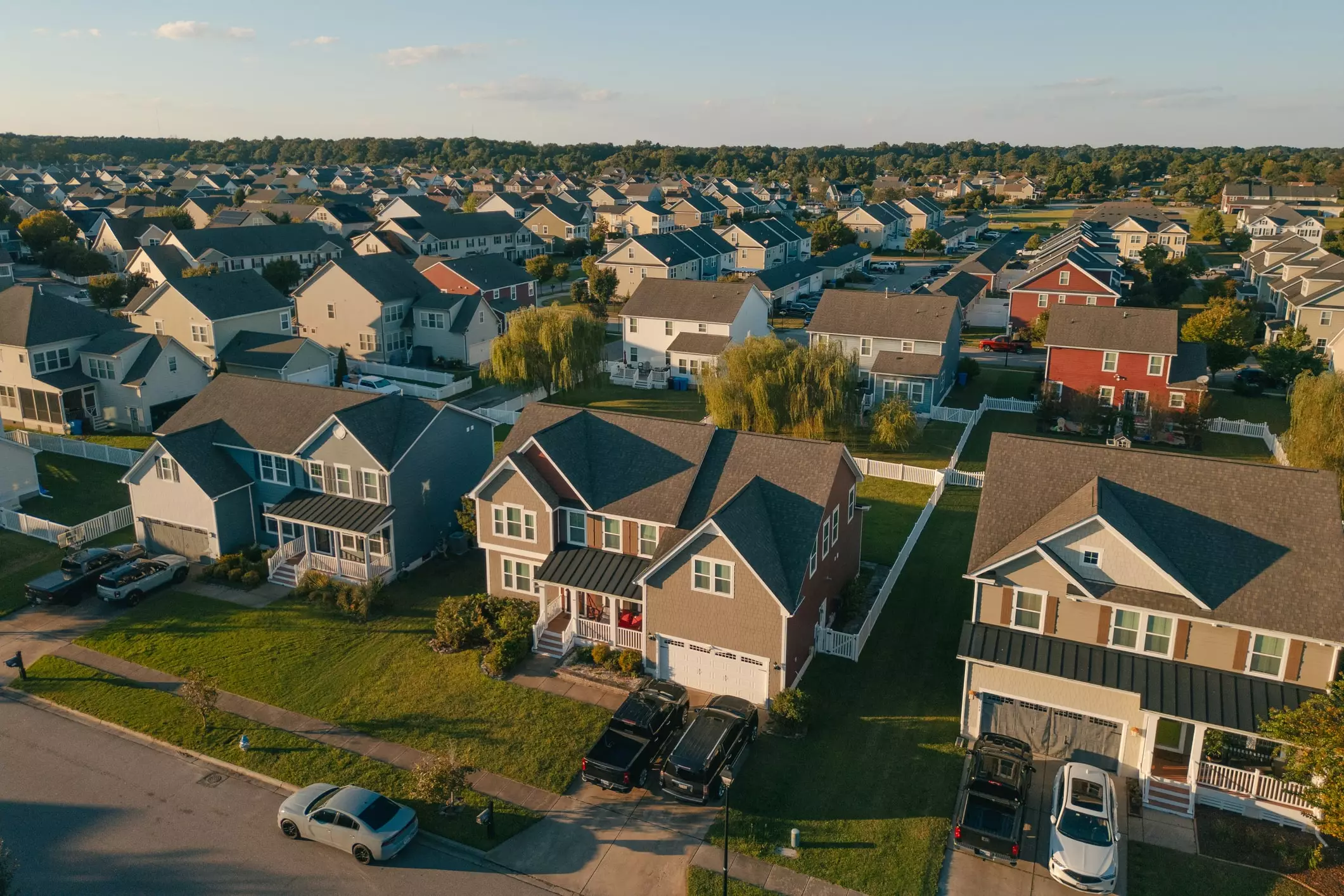How Mortgage Insurance Works and When You Need It
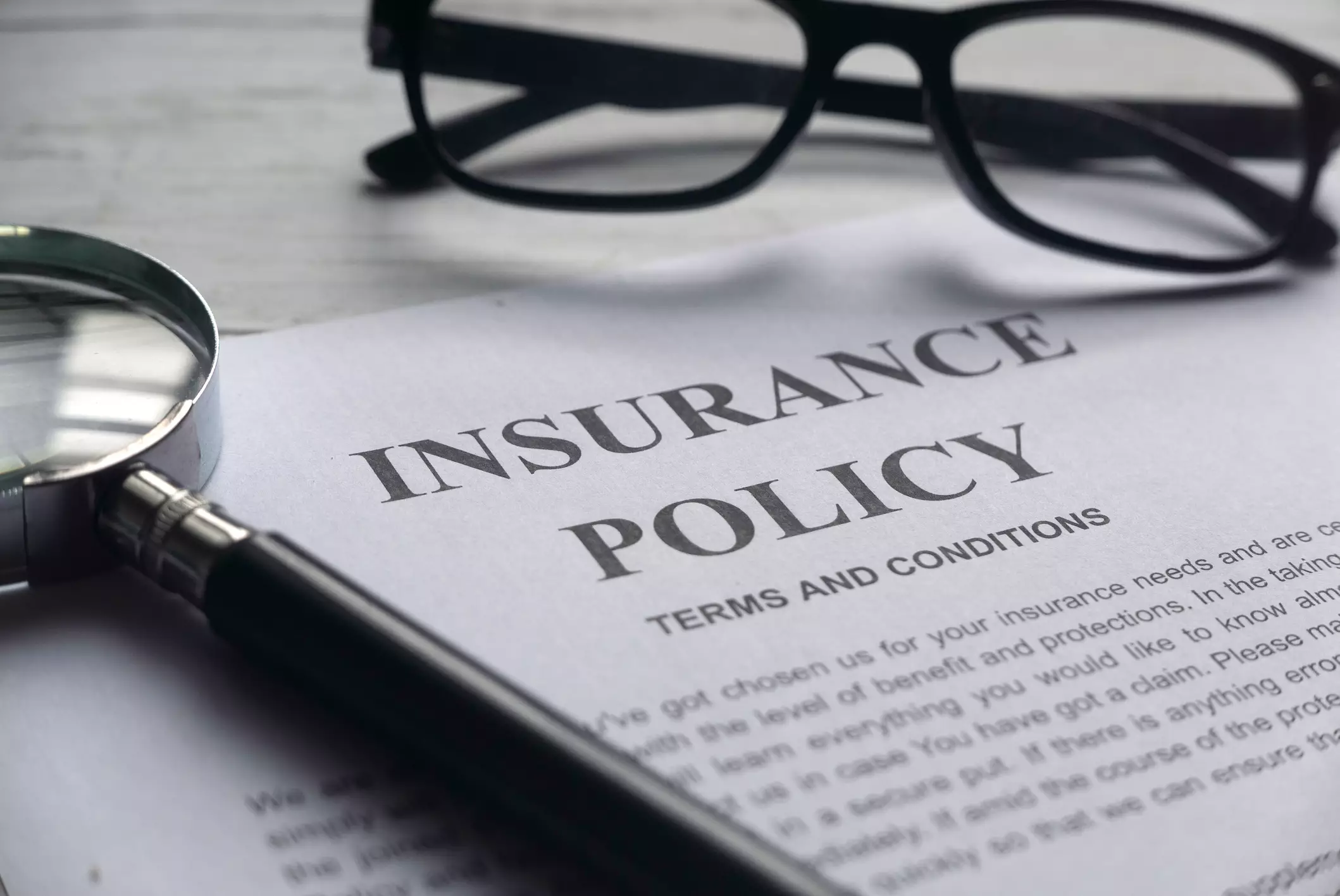
Table of Contents
- How Mortgage Insurance Works and When You Need It
- What Is Mortgage Insurance?
- Types of Mortgage Insurance
- What Is the Purpose of Mortgage Insurance?
- What Is Private Mortgage Insurance (PMI)?
- What Is Mortgage Protection Insurance?
- What Is Hazard Insurance on a Mortgage?
- How Mortgage Insurance Works
- Pros and Cons of Mortgage Insurance
- Can You Avoid or Cancel Mortgage Insurance?
Mortgage insurance often sounds like just another item on your mortgage statement, but understanding what it is and why it matters can save you thousands over the life of your loan. Whether you’re buying your first home or managing a growing real estate portfolio, knowing how mortgage insurance works can help you meet lender requirements, reduce risk, and potentially save thousands over the life of your loan.
What Is Mortgage Insurance?
Mortgage insurance is a financial safeguard that protects the lender, not the borrower, if a homeowner defaults on their loan. It is designed to reduce a lender’s risk when a homebuyer’s down payment is below 20% of the purchase price. It kicks in if you default on your loan and helps cover part of the outstanding balance.
Mortgage loan is required for conventional and government-backed loans. Conventional loans are mortgage loans not backed by the federal government. Government-backed loans, on the other hand, are mortgage loans insured or guaranteed by federal agencies to help make home ownership more accessible, especially for low-to-moderate-income buyers.
By understanding what mortgage insurance is and when it applies, you can plan your home-buying strategy more effectively; whether that means saving for a larger down payment, budgeting for monthly premiums, or exploring loan types that best suit your financial goals.
Types of Mortgage Insurance
Borrowers may encounter the following types of mortgage insurance:
- Private Mortgage Insurance (PMI): It is a policy required on conventional loans when your down payment is less than 20%. PMI protects the lender if you default, and premiums may be paid monthly, upfront, or rolled into your loan.
- Mortgage Insurance Premium (MIP): This is the FHA’s version of mortgage insurance, consisting of an up-front fee at closing and an annual premium paid monthly. MIP remains in force for a set period or the life of the loan, depending on your initial loan-to-value ratio.
- Mortgage Protection Insurance: An optional, voluntary life or disability-focused policy designed to pay off or cover your mortgage in the event of death, illness, or job loss. Unlike PMI and MIP, the benefits accrue to your beneficiaries, not the lender.
- Hazard Insurance: This homeowner’s insurance covers damage from damage like fire, wind, or vandalism. While your lender usually requires it, hazard insurance protects your property, not their financial risk.
What Is the Purpose of Mortgage Insurance?
At its core, mortgage insurance exists to protect lenders in the event a homeowner defaults on their loan. When borrowers put down less than 20% of a home’s purchase price, their equity is limited. If payment stops, lenders face bigger losses. Mortgage insurance steps in to cover a portion of those losses, ensuring lenders recoup funds even if a home sells for less than the outstanding balance.
Without mortgage insurance, most lenders would require hefty down payments to offset risk. By requiring insurance instead, they can approve qualified buyers with smaller down payments, usually as low as 3% for conventional loans or even zero for some government-backed programs.
By reducing the lender’s financial exposure, mortgage insurance encourages homeownership among first-time buyers and those with limited savings. It broadens access to credit, helping more families achieve the dream of owning a home.
Unlike optional coverages, mortgage insurance is not a choice for most borrowers. It’s a lender requirement when your loan down payment doesn’t meet the 20% threshold. Understanding the purpose of mortgage insurance empowers you to plan your financing strategy and possibly take steps to eliminate the extra cost as you build equity.
What Is Private Mortgage Insurance (PMI)?
PMI is the most common form of mortgage insurance for conventional loans, designed to protect the lender, not the borrower, should the borrower default. A PMI is typically required when your down payment is less than 20% of the home’s purchase price, allowing persons lacking the upfront cash reserve to qualify for competitive conventional financing. Understanding what private mortgage insurance is empowers you to plan for its costs and know when you can eliminate this extra expense.
PMIs are paid as monthly premiums, added to your mortgage payment and collected each month, or as an up-front premium, charged at closing, either in full or partly financed into the loan. In addition, PMIs may be paid as a combination of monthly and upfront premiums, a smaller up-front fee, plus reduced monthly payments.
Generally, PMIs run between 0.3% and 1.5% of the original loan amount per year, depending on factors such as your credit score, loan-to-value (LTV) ratio, and loan term. For example, on a $300,000 loan at 1% PMI, you’d pay about $3,000 annually. That’s $250 per month.
PMI is cancellable. Under the Homeowners Protection Act, PMI must automatically end once your loan balance reaches 78% LTV based on the original property value. Borrowers may request cancellation once they hit 80%, provided they’re current on payment, and the home’s value hasn’t declined.
What Is Mortgage Protection Insurance?
Mortgage Protection Insurance (MPI) is a voluntary coverage designed to safeguard you and your family against the financial strain of mortgage payments if you’re unable to work, become disabled, or pass away. Unlike PMI, MPI is aimed at protecting the borrower’s interest, not the lender's. In addition, MPI is not required by lenders. No lender can mandate you to buy this insurance to close your mortgage.
MPI pays off or reduces your outstanding mortgage balance in the event of death and covers your monthly mortgage payments if you become disabled and unable to work. In addition, it temporarily makes payment on your behalf during periods of involutory unemployment.
MPI is sold or offered by life and disability insurance companies and sometimes mortgage lenders as a standalone policy. Usually, premiums are based on your age, health status, loan amount, and chosen coverage duration.
There are pros and cons of purchasing MPI. MPI is easy to understand and ensures your family won’t lose their home if they can’t pay. However, it is often more expensive than term life or disability insurance with similar benefits. In addition, it offers limited flexibility since its coverage amount and term are tied to your mortgage balance and amortization schedule.
What Is Hazard Insurance on a Mortgage?
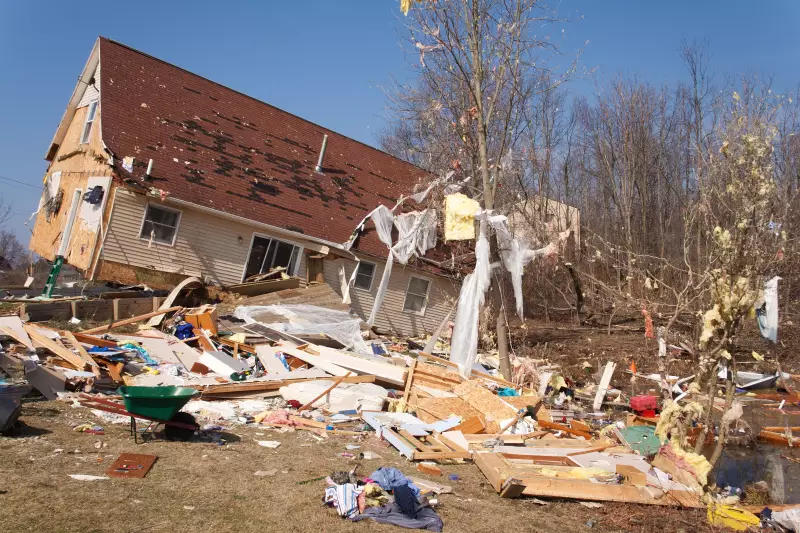
Hazard insurance is a component of your homeowner's insurance policy that protects the physical property against damage from events like fire, windstorms, hail, vandalism, and other named perils. Although it has insurance in its name, hazard insurance is not mortgage insurance, which safeguards lenders against borrower default.
The primary purpose of hazard insurance is to cover the cost of repairs or rebuilding if your home is damaged by a covered event. Commonly, protected hazards include fire, lightning, explosion, hail, wind, and vandalism. This coverage ensures you don’t bear the full financial burden of restoring your home after a disaster.
Lenders require hazard insurance because your home is their collateral. If the property is severely damaged or destroyed, the lender stands to lose their investment. By mandating hazard insurance, they ensure the property can be repaired or rebuilt, preserving its value and the security of the mortgage.
It is crucial to distinguish between hazard insurance and mortgage insurance. While hazard insurance protects the homeowners and the property itself, mortgage insurance, like PMI and MIP, protects the lender if you stop making payments.
How Mortgage Insurance Works
Mortgage insurance bridges the gap between a borrower’s down payment and the lender’s acceptable risk threshold. Here’s how it works across different loan types.
-
- When Mortgage Insurance is required.
- Conventional Loans: PMI is triggered when the down payment is under 20% of the purchase price.
- FHA Loans (MIP): It is triggered regardless of down payment size because FHA guarantees the loan.
- USDA & VA Loans: These don’t require traditional mortgage insurance but have upfront (1%) and annual (0.35%) guarantee fees.
- Premium Calculation: Premiums are based on the loan amount, LTV ratio, borrower credit score, loan term, and type. For instance, a good credit score can yield lower rates, while a higher LTV indicates more lender risk.
- Payment Options: Mortgage insurance may be structured in three ways: Monthly premiums, added to your mortgage payment each month. Up-front fees, a one-time charge at closing, usually 1.75% for FHA, a funding fee for VA, and 1% for USDA. A combination of smaller up-front fees plus reduced monthly payments.
- When Mortgage Insurance is required.
- FHA Loans
-
-
- Up-Front Mortgage Insurance Premium (UFMIP): It is typically 1.75% of the loan amount, paid at closing or rolled into the loan.
- Annual Mortgage Insurance Premium (MIP): It is collected monthly. The rate varies by LTV and terms, usually 0.45 - 1.05% of the loan annually.
- Duration: If your initial LTV is less than or equal to 90%, the MIP ends after 11 years. However, if the initial LTV is greater than 90%, MIP remains for the life of the loan.
-
- Duration of Mortgage Insurance
-
- Conventional PMI: It is automatically terminated when the principal balance gets to 78% LTV, based on the original value or based on the borrower’s request for cancellation when LTV reaches 80%.
- FHA MIP: Its duration is based on the initial LTV, either a fixed term, usually 11 years, or the full loan term.
- USDA/VA Fees: The USDA annual fee lasts for the life of the loan
Pros and Cons of Mortgage Insurance
When weighing your financing options, it is crucial to understand both the advantages and drawbacks of mortgage insurance.
Pros
- It enables lower down payments. Mortgage insurance allows you to purchase a home with as little as 3-5% down payment, or even 0% for government loans, rather than saving 20% of the purchase price upfront.
- By protecting lenders, mortgage insurance broadens lending criteria, helping first-time buyers and lower-income households qualify for loans they otherwise wouldn’t.
- Mortgage insurance helps you enter the housing market sooner, leveraging today’s interest rates and property values instead of waiting years to amass a larger down payment.
Cons
- Mortgage insurance implies additional monthly costs. PMI, MIP, or agency guarantee fee adds on hundreds of dollars per month, increasing your overall housing expense
- Unlike life or disability insurance, mortgage insurance protects lenders, not you, so if you never default, those premiums are never paid back
- While conventional PMI can be canceled at 80% LTV, FHA’s MIP may last the life of the loan if you start with a high LTV, and USDA annual fees never go away.
Can You Avoid or Cancel Mortgage Insurance?

Here’s how you can avoid paying mortgage insurance or getting rid of it down the road.
- Avoiding PMI on conventional loans
- Make a 20% down payment on the home’s purchase price
- The lender covers PMI in exchange for a slightly higher interest rate
- Take out a primary mortgage at 80% LTV, a second “piggyback” loan for 10%, and put 10% down. You avoid PMI because the first mortgage remains 80% LTV
- Cancel PMI on conventional loans
- Once your principal balance falls to 80% of the original home value, you may formally request PMI cancellation.
- Lenders automatic termination at 78% LTV, calculated on the original property value
- FHA Loans and MIP removal
- For FHA loans after June 3, 2013, with down payments under 10%, the MIP stays in place the entire loan term.
- Loans before this date follow prior rules and may allow earlier cancellations.
- If you put down 10% or more down, you’ll pay MIP for 11 years. It automatically terminates after 11 years.
- VA loans
- VA-guaranteed loans do not require monthly mortgage insurance. Instead, borrowers pay a one-time funding fee that varies by service category and down payment size.
- Refinance to remove mortgage insurance
- If the home's value has risen or you’ve paid the balance down to 80% LTV, refinancing into a conventional mortgage without PMI can eliminate insurance costs.
- FHA borrowers with sufficient inquiry can refinance into a conventional loan to drop MIP altogether once they hit the 80% LTV threshold.
In summary, mortgage insurance plays a crucial role in making homeownership accessible to a wider range of buyers by reducing lender risk when down payments are low. By understanding how mortgage insurance works—and when and how it can be avoided or canceled—borrowers can make more informed financial decisions and minimize long-term costs.
Search Property & Deed Records
Table of Contents
- How Mortgage Insurance Works and When You Need It
- What Is Mortgage Insurance?
- Types of Mortgage Insurance
- What Is the Purpose of Mortgage Insurance?
- What Is Private Mortgage Insurance (PMI)?
- What Is Mortgage Protection Insurance?
- What Is Hazard Insurance on a Mortgage?
- How Mortgage Insurance Works
- Pros and Cons of Mortgage Insurance
- Can You Avoid or Cancel Mortgage Insurance?



